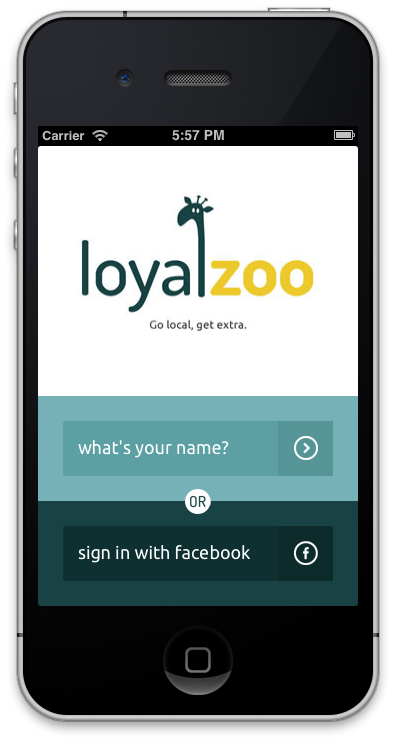29 Apr

At Loyalzoo, we’re all about giving small businesses a competitive edge over the big corporations with fat budgets and lots of manpower. By giving independent businesses the opportunity to promote their loyalty and rewards programmes through our app, we offer a simple and cost-effective marketing solution for many busy entrepreneurs who are working within a budget.
However, all the rewards or points in the world won’t be any good if your products and services aren’t properly priced. Since Loyalzoo is committed to helping the little guy thrive, we have a few useful tips on pricing to act as a guide for any business owners who may not be getting the sales they hope for, despite their marketing efforts.
1. Gross Profit Margin Target strategy
The GPMT pricing strategy is the most important first step in determining how to price your product or services. Once you’ve established your GPMT using the formula Price (P) minus Cost of Sales (C), you can price your products accordingly. This way, you’ll be able to cover your expenses and generate a positive net income and cash flow.
2. Market research and crowdsourcing
Research is critical when it comes to pricing: business owners must find out what customers are willing to pay for a product or service, as well as what their competitors are charging. Although using a What The Market Will Bear (WTMWB) strategy means you can mark up your prices based on your customers’ maximum spending limits, it does run the risk of leaving you vulnerable to competitors who will charge much less for the same product or service.
3. Knowing your product’s true value
Whether or not you want to adopt a WTMWB strategy, you still need to know the value of your product—not just in terms of ‘pounds and pennies’ but in terms of its psychological value. Do customers consider your product essential? Do they consider it a luxury? These are the types of questions business owners must ask when pricing their products.
4. Increase prices with care
Increasing prices should always be done gradually; if possible, test the impact of your price increase on sales and customer satisfaction. However, if it is necessary for you to raise prices because of fluctuating costs of raw materials, for example, do not be afraid to make the increase needed to obtain your GPMT. Increasing prices seasonally is another way to balance your costs without scaring away your customers.
5. Bundles and MSD pricing
Bundling your products or services into packages that reduce per-unit costs is a brilliant way of boosting sales and maintaining the integrity of your prices. This is particularly effective when paired with Most Significant Digit (MSD) pricing. This is the ‘£19.99 pricing strategy’, whereby the first digit (which humans apparently focus on the most) makes the price appear much lower than if it were one penny more; for example, £30 has been proven to be much less appealing to customers than £29.99, even though the former is only a penny higher in price.
Hopefully, the above tips will help you to improve your pricing strategy and increase sales.

